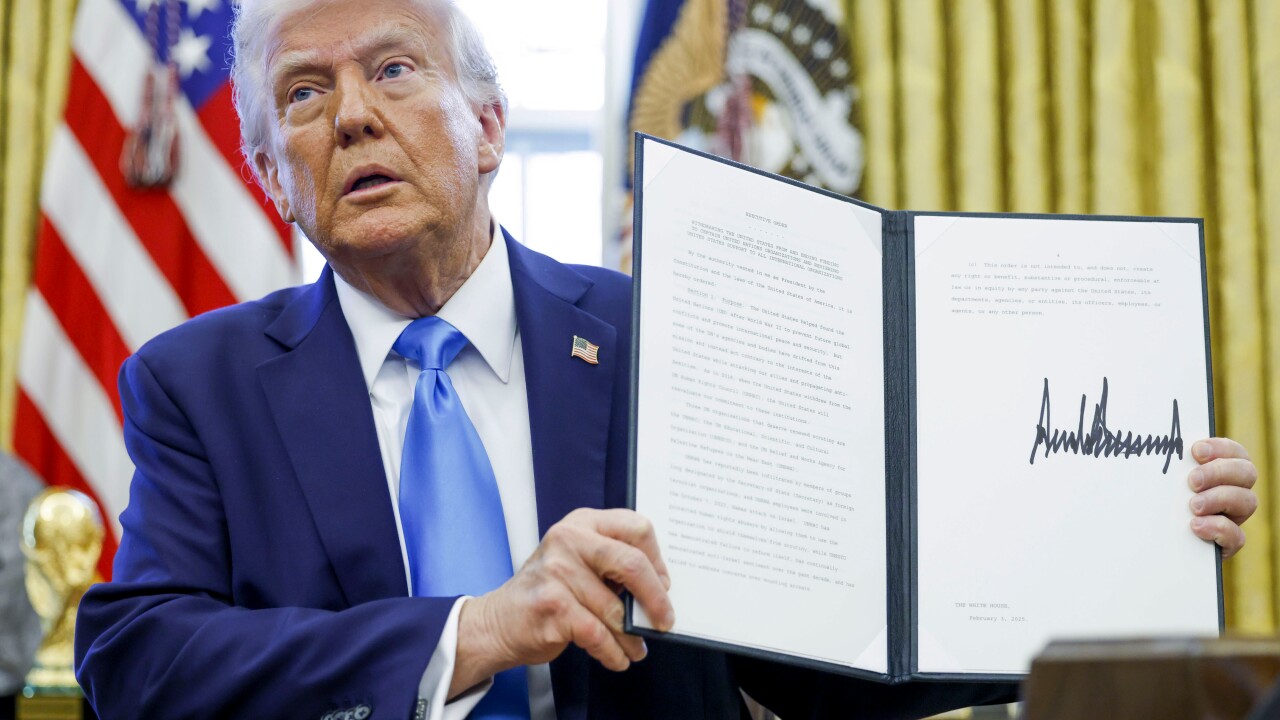The use of barcode readers as a transaction and marketing tool¬–a mobile-commerce method popularized by early movers such as Starbucks Inc.¬–is getting a shot in the arm from a new American Express Co. partnership.
Amex and RedLaser, the barcode-scanning subsidiary of eBay Inc., have entered into an arrangement in which the information RedLaser's scanners pick up from product barcodes is paired with consumers’ personalized information and their participation in Amex’s merchant-rewards programs.
The RedLaser app is designed to deliver price comparisons, loyalty perks, immediate special offers and location-based marketing to consumers' devices while they're shopping. By now working with AmEx, it puts pressure on payment card-issuing banks and retailers to provide more location-based information for consumers on mobile-banking apps because Amex’s roster of retail participants for the service numbers more than 60 thus far.
"This technology puts more power into the hands of the consumers,” says Andy Schmidt, a research director at TowerGroup. “It's up to the retailers and banks to make it work to their advantage."
American Express entered into the deal after consumer research indicated that more of its customers are using mobile devices while shopping and are interested in accessing product information and loyalty apps while on the move.
"We estimate more than two-thirds of membership rewards-enrolled card members use a mobile or tablet device," says Dustin Harris, director of Amex membership rewards mobile strategy & development. "This partnership gives them the ability to use membership rewards points in a way that is already familiar to them¬–on their smartphones."
RedLaser, which consumers have downloaded about 15 million times, is a free scanning app that reads barcodes and can access information about store location, prices and products, including nutrition data for food items. In Amex's case, the information also includes merchant rewards.
To access the Amex program, cardmembers download or update the RedLaser app. The cardmember taps the membership rewards banner to enable the feature; users also can enable and disable the feature from the RedLaser app settings page.
The user scans product barcodes, and if the product is available in the shopAmex catalog, an offer to use membership rewards points will show up at the top of their search results.
"Our cardmembers can access the Membership Rewards program through a popular tool they are already using without having to download a separate app," Harris says.
Financial institutions can find multi-pronged benefits from offering barcode readers to consumers, Schmidt says.
“It allows banks to deliver customized offers to customers through mobile wallets, or it can help track and identify mobile-shopping activity so the bank can [team with retailers] to match offers or give a competitive offer,” he says. “There's also the ability for banks and retailers to work together on co-branded or joint offerings."
While not using actual barcode-reading technology, Amex's competitors also are increasing their use of location-based mobile apps designed to combine "walk in" rewards with carrots based on actual purchases.
In November, Visa introduced a "shopkick" app that enables mobile users to earn what Visa calls "kicks" by linking Visa debit or credit cards to the card firm's Buy and Collect Program (
Shopkick, which counts American Eagle Outfitters, Toys R Us and Old Navy among participating retailers, uses a proprietary location-based app and messaging platform to deliver offers such as "purchase $40 at XYZ retailers and receive 250 'kicks.'"
A MasterCard spokesperson says the card brand does not support mobile scanning, but it is developing a mobile app that integrates virtual payment with rewards cards as part of mobile wallets that issuing banks would offer as a value-added service.
What do you think about this? Send us your feedback.





